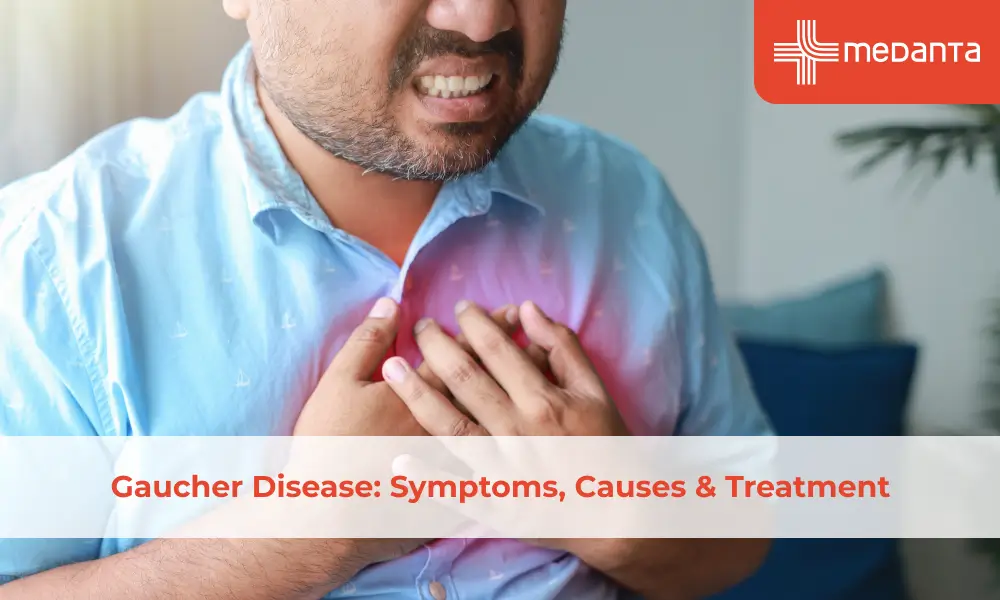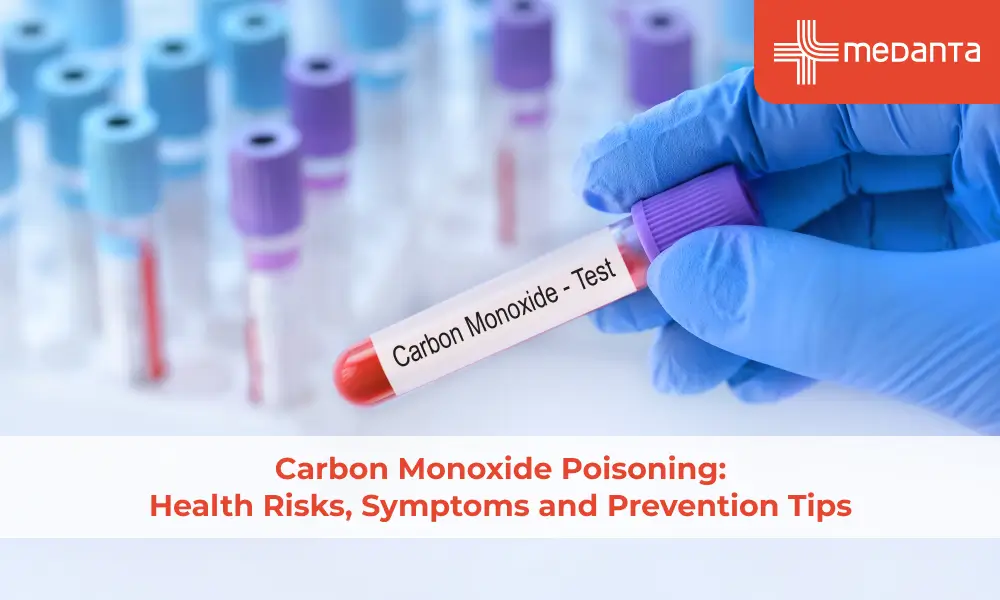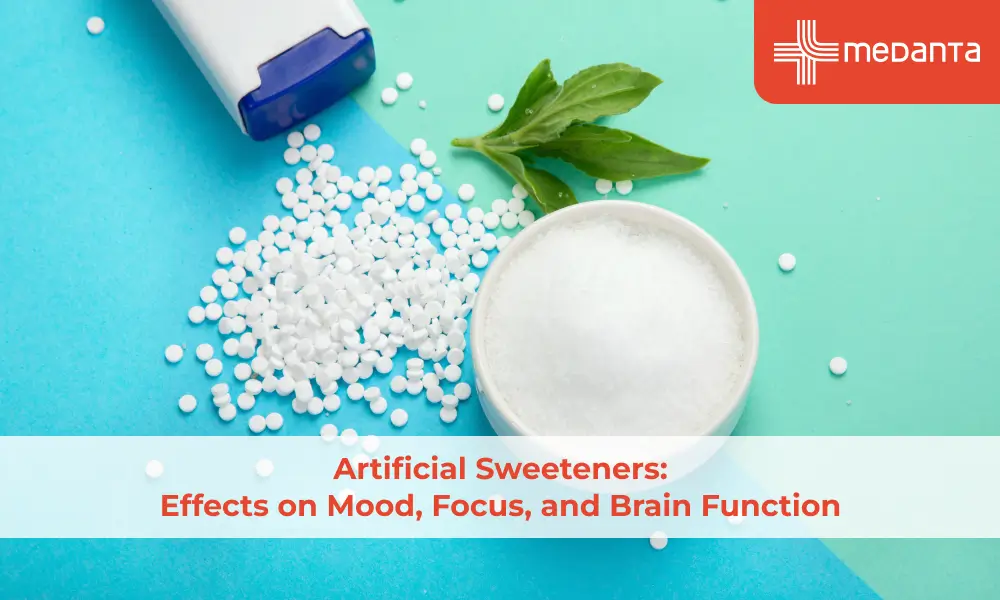How Do Brain Strokes Occur? Types, Root Causes, And Cure
Brain strokes are medical emergencies that can have severe consequences on an individual's health and well-being. It is paramount to understand the types of strokes, their root causes, symptoms, available brain stroke treatment options, and preventive measures. In this blog, we'll provide a comprehensive understanding of brain strokes, enabling readers to recognize the brain stroke symptoms, seek immediate medical attention, and adopt preventative strategies.
What is a Brain Stroke?
A brain stroke happens when blood supply to the brain gets disrupted, leading to the death or damage of brain cells. It is very important to differentiate among the two main types of brain strokes: ischemic strokes and haemorrhagic strokes.
Ischemic Strokes
A. Definition and Causes
Ischemic strokes result from a blockage in the blood vessels supplying the brain. Common causes include:
- Atherosclerosis: This is a condition characterised by the build-up of fatty deposits called plaques within the arteries, narrowing or blocking the blood flow. Over time, these plaques can rupture, leading to blood clots that could block the blood vessels in the brain.
- Thrombosis: This occurs when blood clots form within a blood vessel supplying the brain. This clot can either form directly in the cerebral blood vessels or travel from other body parts like the heart or neck arteries, to the brain.
- Embolism: An embolism happens when a blood clot or other debris, such as plaque or fat, travels through the bloodstream and lodges in a narrow vessel within the brain, obstructing blood flow to that area.
B. Ischemic Brain Stroke Symptoms
Recognizing the symptoms of an ischemic stroke is crucial for prompt medical intervention. Common symptoms include:
- Sudden weakness or numbness, typically on one side of the body: This can affect the face, arm, or leg and may cause difficulty in moving or loss of coordination.
- Difficulty speaking or understanding speech: Ischemic strokes can affect the language centres of the brain, leading to slurred speech, difficulty finding the right words, or trouble understanding others.
- Impaired vision, such as blurred or blackened vision in one or both eyes: Ischemic strokes can affect the blood vessels supplying the optic nerve, resulting in visual disturbances.
- Severe headache, dizziness, or loss of balance: In some cases, an ischemic stroke may present with a sudden, severe headache, accompanied by dizziness or problems with balance and coordination.
C. Ischemic Brain Stroke Treatment and Recovery
Immediate medical attention is crucial for individuals suspected of having an ischemic stroke. Treatment options include:
- Intravenous thrombolysis: This involves administering clot-dissolving medications, such as tissue plasminogen activator (tPA), to help restore blood flow to the affected brain part. The sooner this treatment is initiated, the better the chances of recovery.
- Mechanical thrombectomy: In cases where the blockage is caused by a large clot, a procedure called mechanical thrombectomy may be performed. This involves using a catheter-based approach to physically clear the clot from the affected vessel.
Haemorrhagic Strokes
A. Definition and Causes
Haemorrhagic strokes happen due to a brain vessel rupture or leak, leading to bleeding in or around the brain. They account for approximately 20% of all stroke cases. Causes of haemorrhagic strokes include:
- Aneurysms: An aneurysm is a weak spot in the wall of a blood vessel. Over time, the constant pressure of blood flow can cause the vessel wall to balloon out and become susceptible to rupture, resulting in bleeding into the brain.
- Arteriovenous Malformations (AVMs): AVMs are abnormal tangles of blood vessels that disrupt the normal blood flow in the brain. The weakened vessel walls of an AVM can rupture, causing bleeding.
- Hypertension (High Blood Pressure): Prolonged elevated blood pressure can weaken the blood vessel walls, making them more susceptible to rupture and causing bleeding in the brain.
B. Haemorrhagic Brain Stroke Symptoms
Promptly recognizing the brain stroke symptoms of a haemorrhagic stroke is crucial. Common symptoms include:
- Sudden and severe headache, often described as "the worst headache of one's life": The headache associated with a haemorrhagic stroke is typically intense and may be accompanied by a stiff neck.
- Nausea, vomiting, or altered consciousness: Haemorrhagic strokes can cause increased intracranial pressure, leading to nausea, vomiting, and even loss of consciousness.
- Seizures, accompanied by neurological deficits: Some individuals may experience seizures as a result of the bleeding in the brain, which can manifest as sudden convulsions or abnormal movements. These seizures may be accompanied by neurological deficits, such as weakness or numbness on one side of the body.
- Loss of balance, coordination, or strength: Haemorrhagic strokes can affect the brain's control over motor functions, leading to problems with balance, coordination, or muscle strength.
C. Haemorrhagic Brain Stroke Treatment and Recovery
Urgent medical attention is critical for individuals suspected of having a haemorrhagic stroke. Treatment options include:
- Surgical Clipping: In cases where an aneurysm is identified as the cause of bleeding, surgical clipping may be performed. This involves placing a metal clip around the neck of the aneurysm to prevent further rupture.
- Coiling: Coiling, also known as endovascular coiling or endovascular embolization, is a less invasive procedure. It involves guiding a catheter into the blood vessels to the site of the aneurysm and placing tiny platinum coils within the aneurysm. These coils promote blood clotting, effectively sealing off the aneurysm.
- Blood pressure management and medications: Individuals with haemorrhagic strokes often require intensive care to stabilise blood pressure and prevent further bleeding. Medications may be administered to manage blood pressure, reduce swelling, and prevent complications.
Prevention and Risk Factors
Lifestyle Modifications: Engaging in healthy lifestyle habits can significantly reduce the risk of strokes. These include:
- Quitting smoking: Smoking damages blood vessels and promotes blood clot formation, increasing the risk of strokes.
- Adopting a healthy diet: A diet rich in fruits, vegetables, whole grains, lean proteins, and healthy fats can help maintain cardiovascular health and reduce the risk of strokes.
- Regular physical activity: Engaging in regular exercise improves overall cardiovascular health, lowers blood pressure, and reduces the risk of strokes.
- Maintaining a healthy weight: Excess weight, especially around the abdomen, is associated with a greater risk of strokes. Keeping a healthy weight via a balanced diet and exercise is crucial.
Conclusion
Understanding the different types, causes, symptoms, brain stroke treatment options, and preventive measures of brain strokes is essential for both individuals and society. By recognizing the symptoms early and seeking immediate medical attention, one can increase the chances of a favourable outcome. Additionally, adopting a healthy lifestyle, managing underlying conditions, and prioritising preventive measures can significantly reduce the risk of strokes. Remember, knowledge and proactive measures are key to promoting brain health and preventing devastating brain strokes.






